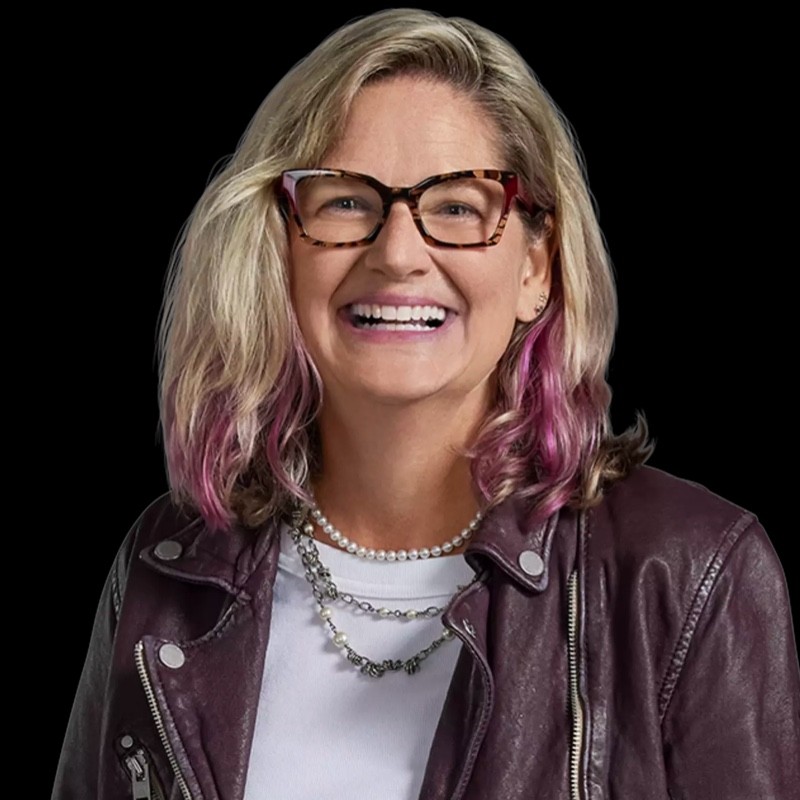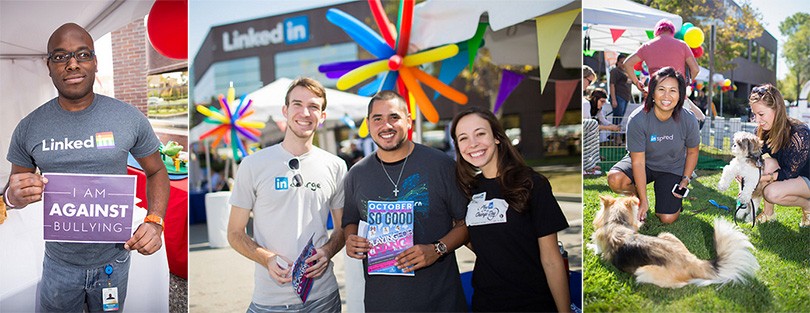The 3 Goals LinkedIn’s Head of HR Wants to Accomplish in 2016
As the leader of LinkedIn’s HR team, I care about both the people who work here and the people who use our products. And I want to do everything I can to help them both succeed.
Our team’s goals for 2016 reflect that. They revolve around creating an immersive, amazing culture and developing products our employees and customers will love.
What are they, exactly? Here are three goals my team and I have set for 2016:
1. Ensure we have outstanding managers
LinkedIn has been growing at a fast pace for the past few years, increasing our headcount by a substantial amount every year. That’s fantastic, but there also lies the possibility that we could lose our culture from adding all these people. And we’ve always believed our culture was a key differentiator for us as a business.
To avoid that, we need great managers who instill our core values in all of their employees, are bringing in the right talent who live those values and are giving constructive, empowering feedback to their employees.
How we plan to get this done:
There are two areas we are going to focus on to get the most out of our managers. The first is to ensure they are doing a great job managing the people they already have, as every employee deserves a great manager.
The second is ensuring our managers are providing a great experience to candidates when they interview them, which strengthens our employer brand and helps us land top talent.
To make sure our managers are effective, we will continue to take a close look at our employee voice surveys. There, our employees give us useful, anonymous feedback regarding all aspects of the company, including their managers. Additionally, we are planning on surveying our employees on how effectively their manager gives feedback, so employee reviews remain constructive and inspirational.
If the surveys show a manager is struggling in any area, we will provide training to help them improve.
To ensure our managers are providing a great interview experience, we will survey candidates who interviewed with them. If managers are routinely getting negative reviews by the people they are interviewing, we’ll train them on how to create that great experience or, if it persists, take them off of interview panels.
Their role in an interview is to identify the top talent that would support our business objectives, as well as representing LinkedIn in the best light. The interview experience has a significant influence on our talent brand and directly affects our ability to build a talent pipeline into the company.
2. Continue to partner with our product team and customers to make LinkedIn the best tool it can be
At my joint presentation in 2015 at Talent Connect Anaheim with our head of talent acquisition, Brendan Browne, we stressed to professionals everywhere that, “Your job is not your job, your job is to help your company win.” In other words, your job isn’t just doing what is in your job description, it is doing everything you can to make your organization as strong as it can be.
This second goal is a perfect example of that. LinkedIn’s flagship product, LinkedIn Recruiter, is a tool built for HR. Therefore, my team and I are in a unique position to help design the best HR and recruiting products possible and to ensure our customers are getting the most out of them.
I’m not on the product team and customer success probably wasn’t in my official job description. But I see this as an opportunity for our team to help make LinkedIn stronger as a whole.
How we plan to get this done:
We already have begun to do this, but the key here is to meet often with our product team and give them feedback on existing products, as well as to propose and test new features and new products within the LinkedIn Recruiter product line. Basically, I see my team as Customer Zero.
A perfect example of that is LinkedIn Referrals, which was built in part based on feedback from our HR and talent acquisition team. Now we are one of the product’s beta customers.
Additionally, I’m eager to continue working with customers by sharing our best practices and showing them how our team uses LinkedIn’s products. This past year, we met with AXA and Accenture in that capacity, and we are planning to work with even more customers going forward.
The best part of these meetings is that they are never one-way conversations. When we meet with our customers, we learn as much from them as they do from us, making both organizations stronger. We share insights on everything from how to build a great talent brand to recruiting strategies. The dialogue is diverse and helps all of us raise our game when it comes to attracting, retaining and developing our amazing talent and helps elevate the human resources industry.
3. Increase our employee diversity, particularly regarding disabled, veteran and minority candidates, and make every employee feel included
One thing I was proud of in 2015 was our success making LinkedIn a more diverse company, in regard to gender. In one year, we increased the percentage of women in our company by 3 points and the percentage of women in leadership positions by 5 points. As I look at our talent pipeline and promotional horizon, we now see men and women are being hired and promoted at an equal rate at LinkedIn for leadership roles. That is awesome.
Although we will continue these efforts in 2016, we’d like to broaden our scope further. Specifically, we want to increase the amount of veteran, disabled and minority candidates in our workplace. That’s a challenge that extends beyond recruiting.
To make that happen, we need to look at ways to create and maintain an inclusive work environment across our entire employee life cycle. My goal is to create a culture where everyone feels like they belong, as feeling included changes everything. This is critical for our company too, because from a business perspective, data proves diverse teams win.
How we plan to get this done:
Our research indicates that the key to hiring a diverse staff is building a diverse candidate pool. To make that happen, we will begin measuring how diverse our candidate pools are for each position, so we are representing everyone equally.
As far as veterans, it often comes down to establishing partnerships with veteran groups that provide a steady flow of strong candidates. To do that, we’ll be hiring someone this year dedicated solely to improving our veteran hiring initiatives and forming those partnerships.
For people with disabilities, our goal is to become more aware of making our workplace and application processes more disability-friendly. Perfect example: For our biweekly company-wide all-hands calls, we have added closed captioning to the video stream, so the hearing impaired can now follow along just as easily as everyone else.
The same goes for any vendor we use. One of the key questions we ask now when buying a new piece of software is how disability-friendly it is. For example, is there a text-to-voice option, so blind people can use it?
Nobody sets out to be discriminatory, particularly to the disabled. But sometimes, our lack of awareness creates that situation. In 2016 we are dedicated to doing what we can as a company to be more aware, and hopefully create a culture where everyone feels like they belong.
To receive blog posts like this one straight in your inbox, subscribe to the blog newsletter.
Topics: HR
Related articles



